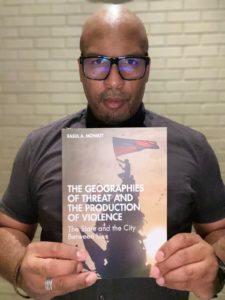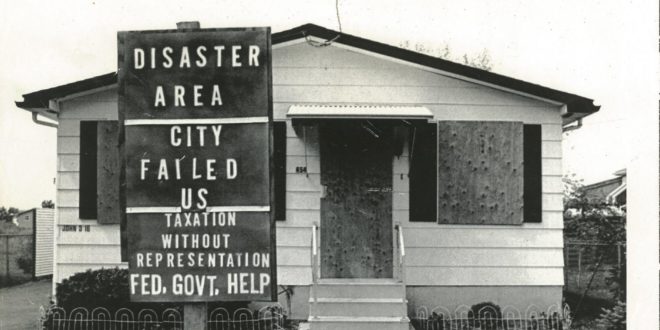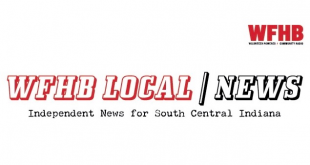Podcast: Play in new window | Download (Duration: 59:00 — 81.0MB)
 When Rasul Mowatt first shared his work on this book with me I immediately thought of it as “The Book of Interchange.” Its investigative breadth seemed to run on a parallel track to this program, and in fact, many of the books and authors cited by Rasul have appeared on the program. Of course, this is no surprise as we are after the same quarry – that entity or ideology that has us bound to structures and systems that bleed the life right out of us for the sake of a very small number of people. I have called it property or capitalism, patriarchy or misogyny, monarchy or democracy, white supremacy or religion, militarism or industrialism, individualism or liberalism, and so on…and we’ve done show after show on these topics.
When Rasul Mowatt first shared his work on this book with me I immediately thought of it as “The Book of Interchange.” Its investigative breadth seemed to run on a parallel track to this program, and in fact, many of the books and authors cited by Rasul have appeared on the program. Of course, this is no surprise as we are after the same quarry – that entity or ideology that has us bound to structures and systems that bleed the life right out of us for the sake of a very small number of people. I have called it property or capitalism, patriarchy or misogyny, monarchy or democracy, white supremacy or religion, militarism or industrialism, individualism or liberalism, and so on…and we’ve done show after show on these topics.
But here we are, finally, and perhaps conclusively: it turns out all these particular “control systems” devised by humans can be subsumed under “the state” and to paraphrase a 12th century philosopher, “The State” is an infinite sphere, the center of which is everywhere, the circumference nowhere. In these 4 episodes of “The State Made Visible” the center is in the city.
Mowatt tells us that “the modern city’s schema combines the empty city freed of indigeneity; the closed city of restricted access; the colonial city with planned congregations of the racial “Other”; the imperial city renovated with racial and gendered city splitting; the Stateless-beyond-city of the rural and through ‘hood abandonment; the dead city that is prison; the revanchist city of gentrification; and the possibilities of the old, walled fortress city and the new, selective private city. All of these combine to yield the eventual production of the apartheid city of confinement and restrictive order.”
In this final episode we’ll focus our attention on the disposability of populations – of course this is a constant throughout this tour of the city in history. Our centerpiece is the partial meltdown of Detroit Edison’s Fermi-1 nuclear plant on October 5, 1966. Fermi-1 was permanently shut down in 1972, but its successor, the 1,100-megawatt Fermi-2, went online in 1988 and is still operating. Does the location of this nuclear plant reveal Detroit as a disposable city, full of disposable people?
We begin with the construction of acceptable violence – by both police and vigilantes – protecting property and the family while making the home the most dangerous place to be.
 GUEST
GUEST
Rasul A. Mowatt, Ph.D., is just a son of Chicago and a subject of empire, while dwelling within notions of statelessness, settler colonial mentality, and anti-capitalism. He also functions in the State as head of the Department of Parks, Recreation and Tourism Management at North Carolina State’s College of Natural Resources.
RELATED
The State Made Visible – Part One
Here There Be Dragons: Part Two of The State Made Visible
Architecture or Revolution: Part 3 of The State Made Visible
MUSIC
“Up Against the Wall” (instrumental) – Group Home
“Bucktown” by Smif-N-Wessun
“We Almost Lost Detroit” by Gil Scott-Heron and Brian Jackson
“A Toast to the People” by Gil Scott-Heron
“Wrap Your Troubles in a Dream” by Louis Armstrong
ID – “Amerika” by Moodymann
CREDITS
Producer & Host: Doug Storm
Executive Producer: Kade Young
 WFHB Bloomington Community Radio
WFHB Bloomington Community Radio


